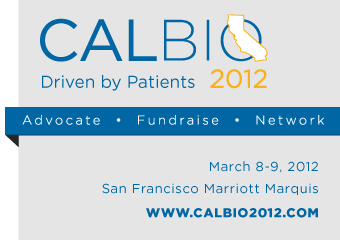“These results lead to a 10 percent increase in prescriptions actually being picked up by patients when doctors submit them electronically to pharmacies.”
Electronic prescribing could help reduce healthcare expenditures by $140 billion to $240 billion over the next decade due to improved patient adherence to medication regimens, according to a new study by Surescripts.
Pharmacies and pharmacy benefit managers joined Surescripts, an electronic prescribing network, to examine more than 40 million anonymized prescriptions. The sample consisted of paper, phoned-in, faxed-in, and electronic prescriptions and an analysis of the data found that the rate of first prescriptions being filed and actually picked up rose 10 percent when prescriptions were written electronically.
The study found that for every 100 paper prescriptions, 73.2 percent are delivered to a pharmacy and 69.5 percent are actually retrieved. But for every 100 prescriptions after a doctor adopts e-prescribing, 81.8 percent are delivered to pharmacies, and 76.5 percent actually get picked up. These results lead to a 10 percent increase in prescriptions actually being picked up by patients when doctors submit them electronically to pharmacies.
The U.S. healthcare system has been heavily burdened by excess cost and it is believed that non-adherence to medication treatments is a major culprit. According to The World Health Organization nearly 50 percent of patients do not fully adhere to their medication treatment which in turn contributes to 125,000 premature deaths annually. This non-adherence, WHO says, costs the healthcare system an estimated $290 billion annually in the form of increased hospitalizations and costly complications.
According to the Surescripts study, there are two major factors that seem to address the issue of outcomes and improve medication adherence when e-prescriptions are used.
The first factor is based on previous studies which found that between 22 percent and 28 percent paper prescriptions never even make it to the pharmacy, a problem often termed “prescription leakage”. However, when a physician instead decides to send prescriptions electronically to pharmacies, the prescription is immediately received, effectively eliminating the variable of a patient choosing to abandon their prescription.
Secondly, the higher the co-pay the more likely it is that a prescription will be abandoned. And it is often the case that patients are startled by the high co-pays when they arrive at the pharmacy, leading them to abandon the prescription. With e-prescriptions however, physicians can go over a patient’s insurance during a patient visit and lead to more clinically appropriate prescriptions.
February 03, 2012
http://www.burrillreport.com/article-e_prescriptions_could_improve_patient_adherence.html





.gif)